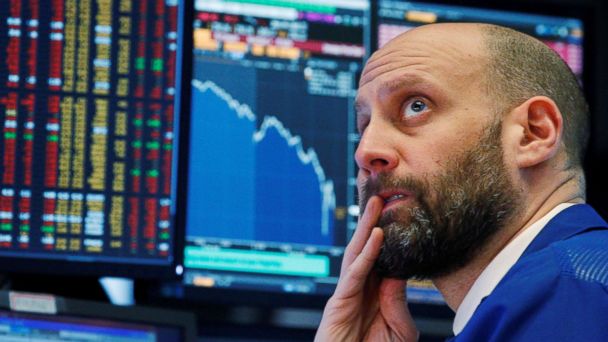The June Consumer Price Index (CPI) arrived this morning and investors learned that inflation is still running very hot. Last month’s headline CPI reading shot 9.1% higher year-over-year (YoY), easily surpassing the +8.8% YoY consensus estimate. Month-over-month, prices rose 1.3% (+15.6% annualized), beating the +1.1% consensus estimate as well.
Soaring energy and service prices drove much of the headline “beat.”
But the biggest shock concerned the core CPI, which excludes energy and food costs. Core rose 0.7% month-over-month vs. 0.6% expected in June. Historically, the Fed has favored core CPI over the headline figure when considering monetary policy adjustments.
“The core is chugging along at a frightening clip,” said Wells Fargo’s Michael Schumacher.
“With core running this strong, the Fed can’t ignore that. This is a bad number.”
Pessimism over the report was expressed up and down Wall Street this morning.
“There’s no spinning this, other than the Fed has to get more aggressive near term and crush demand. That cements a recession now,” said Charles Schwab strategist Liz Ann Sonders.
“I think a recession is an inevitability.”
Stocks plummeted in response at the open before recovering through noon. The reason being that, despite the ghastly leap in CPI, higher inflation now suggests that high prices could bring about a swift, severe recession, resulting in rate cuts sooner than expected.
This was apparent in the Treasury markets, where short-term Treasury yields soared opposite long-term Treasury yields. Investors now expect stronger rate hikes in 2022 but rate decreases in Q1 next year.
And, since stocks are said to look forward about 6 months, that means traders are trying to price in those expected rate cuts, as the first one will occur less than 6 months from now. That’s why stocks rallied after opening significantly lower.
Just because the market is expecting cuts, however, doesn’t mean that it will actually get any. Former Fed Chair Paul Volcker hiked rates to over 20% the last time inflation was this high.
If current Fed Chair Jerome Powell took the federal funds rate above 5%, most investors would be very surprised. But it’s certainly possible if inflation continues to climb.
Now, the market is gyrating again back into “bad news is good news territory” just one week after bad news was truly considered bad news.
Money managers are finally starting to admit that we’re probably in a recession now, too, which our in-house analysts accurately predicted over a month ago.
“It could be the case that we’re in a recession, but a very mild one,” said Advisor Asset Management president Cliff Corso.
“We are heading to a recession, it could very well just be a mild recession because we’re starting from a decent place.”
Following the last jobs report (that revealed a decrease in American workers via the household survey) and today’s CPI release, it’s likely that the current recession will be anything but mild. The Fed’s now going to have to tame inflation in the middle of a recession.
My prediction?
Powell will keep rates higher than expected, longer than expected. Yes, inflation will probably grind lower during the second half of the year on falling gas prices. But when gas prices start to head north again, inflation should become persistently “sticky” once more.
When Powell & Co. see that, they’ll have a hard time justifying rate cuts.
Even though the stock market and US economy will be begging for them after a gut-wrenching period of economic contraction.








